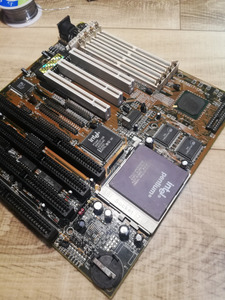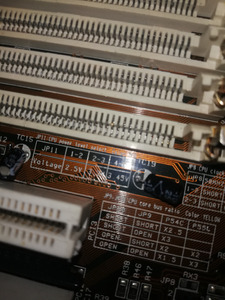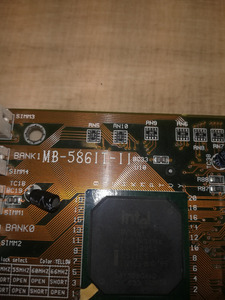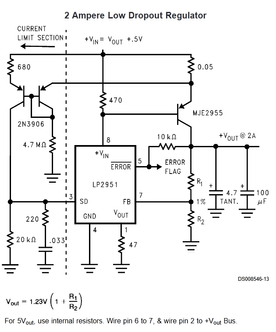First post, by Bernkastel7734
Hello,
I have been trying to fix this socket 7 motherboard. It seems not to be part of ultimate retro, but it's name is 'MB-586IT-II' and according to google it was made by Expen Tech.
I got two problems with it:
1) Someone stole voltage regulator mosfet from that motherboard. On it's silkscreen there is mentioned 2,5V 3,3V and 3,5V which seems like typical set for Pentium CPUs. I have no idea what part was there. Is there like universal set of suitable power transistors I can soldier there and expect it to work?
2) It seems to have some weird resistance between 5V and GND of 36,6 Ohm. Not a dead short but it seems odd. I have checked all capacitors and IC's for shorts and they all seem good. When I power that board nothing seems to get quite hot, nor explode. Also PSU with short detection seems not to have problem with that. Weird.



